African souvenir spoons are relatively rare because not too many tourists visited that continent during the souvenir spoon movement heyday. Some spoons were manufactured in Europe for resale in African countries. Some spoons were made by local craftsmen.
Some non-silver spoons are available which were supposedly used in various ceremonies. I do not have any to show you and the ones which I have seen are expensive. Some dealers claim that they are very old, but I have no way of ascertaining their true age.
An unusual copper tobacco leaf spoon from Rhodesia is shown in the Arts and Crafts exhibit.
Consequently, I only have a few spoons to share with you.
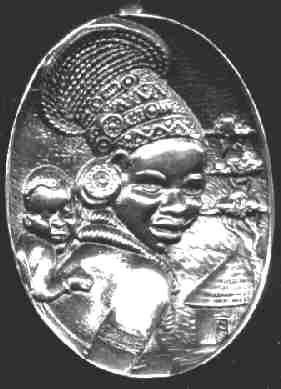
This is one of my favorite spoons. It shows an African lady with a very detailed headdress while she carries an infant on her back. This spoon is cast sterling silver, but it was also made in a pewter version. The spoon handle is twisty with a ball finial. I do not know where the spoon is actually from, but suspect that it may be South Africa.
Here are four rather unusual spoons. As you can see from the picture, the lion's tooth forms the finial and the bowl is made from a 1 shilling English coin. African craftsmen use whatever natural products available to create their spoons.
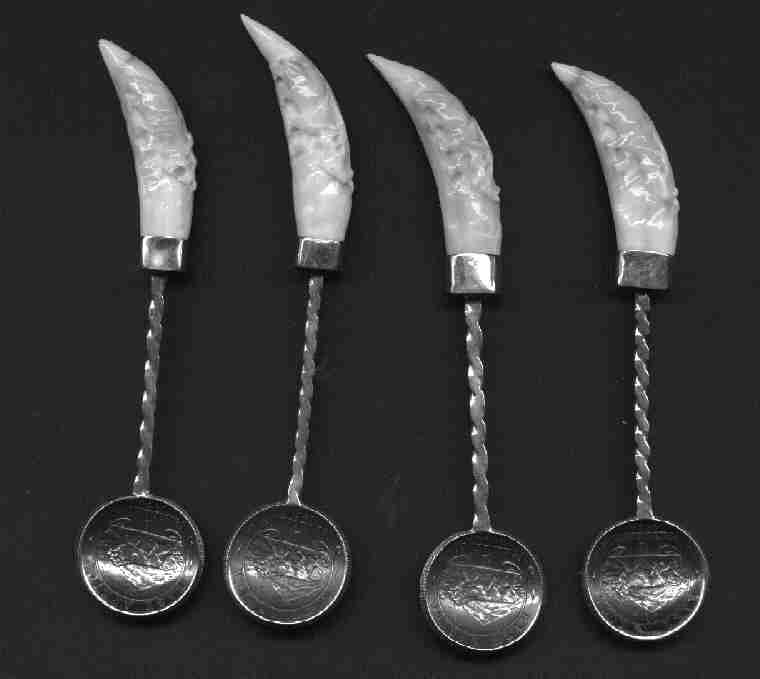
The lion's teeth have an elephant carved on them

The bowl is made from an English 1 shilling coin dated 1950. The coin is marked "East Africa" which is the colonial name for the country now known as Kenya
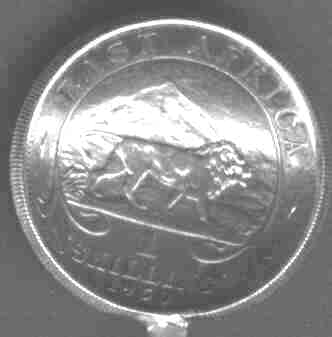
I don't think that the twisty stem or tooth mounting or coin are silver.
These four spoons have a camel tooth in the finial. Other than that change, they are very similar to the lion tooth spoons above. I also suspect that they are about the same age.
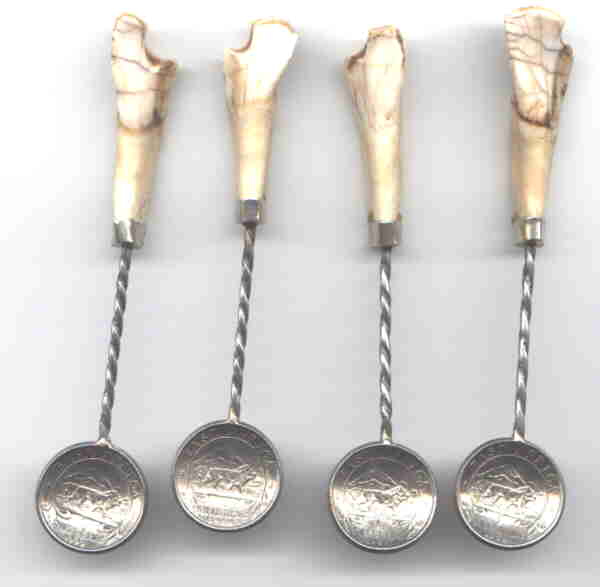

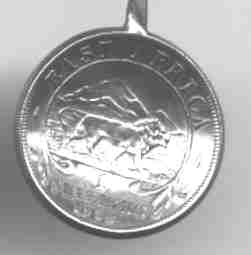
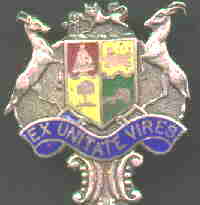
South Africa, Ex Unitate Vires (Unity is Strength) . Made-Birmingham, England 1916
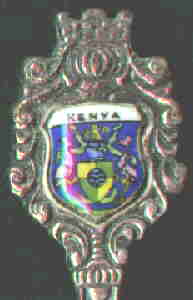
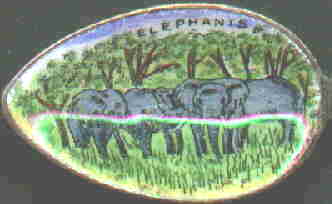
This is a typical tourist souvenir spoon which was made in Europe and exported to Africa for sale to visiting tourists. The line thru the bowl and on the finial is a reflection from the scanner and not in the spoon.
 Capetown,
South Africa (made in England, 1929)
Capetown,
South Africa (made in England, 1929)

Spoon featuring a rhinoceros.
This spoon is unmarked, thus I can only surmise that it is from Africa and
guess its metallic quality. It does appear to be silver, however. Rhino's
are also found in Asia.

Ostrich's are native to Africa but were farmed in Australia and California in the first part of the 20th century. I am unsure as to where this spoon is actually from. Marked MAG sterling
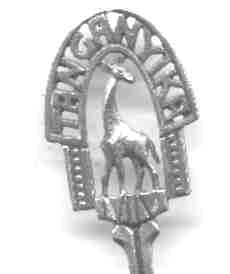
Giraffe from Tanganyika (835 silver)
Tanganyika is now called Tanzania

Enameled cutout spoon for Pretoria, South Africa. The bowl features the city coat of arms.
Manufactured in Birmingham, England
click to see Egyptian Spoons